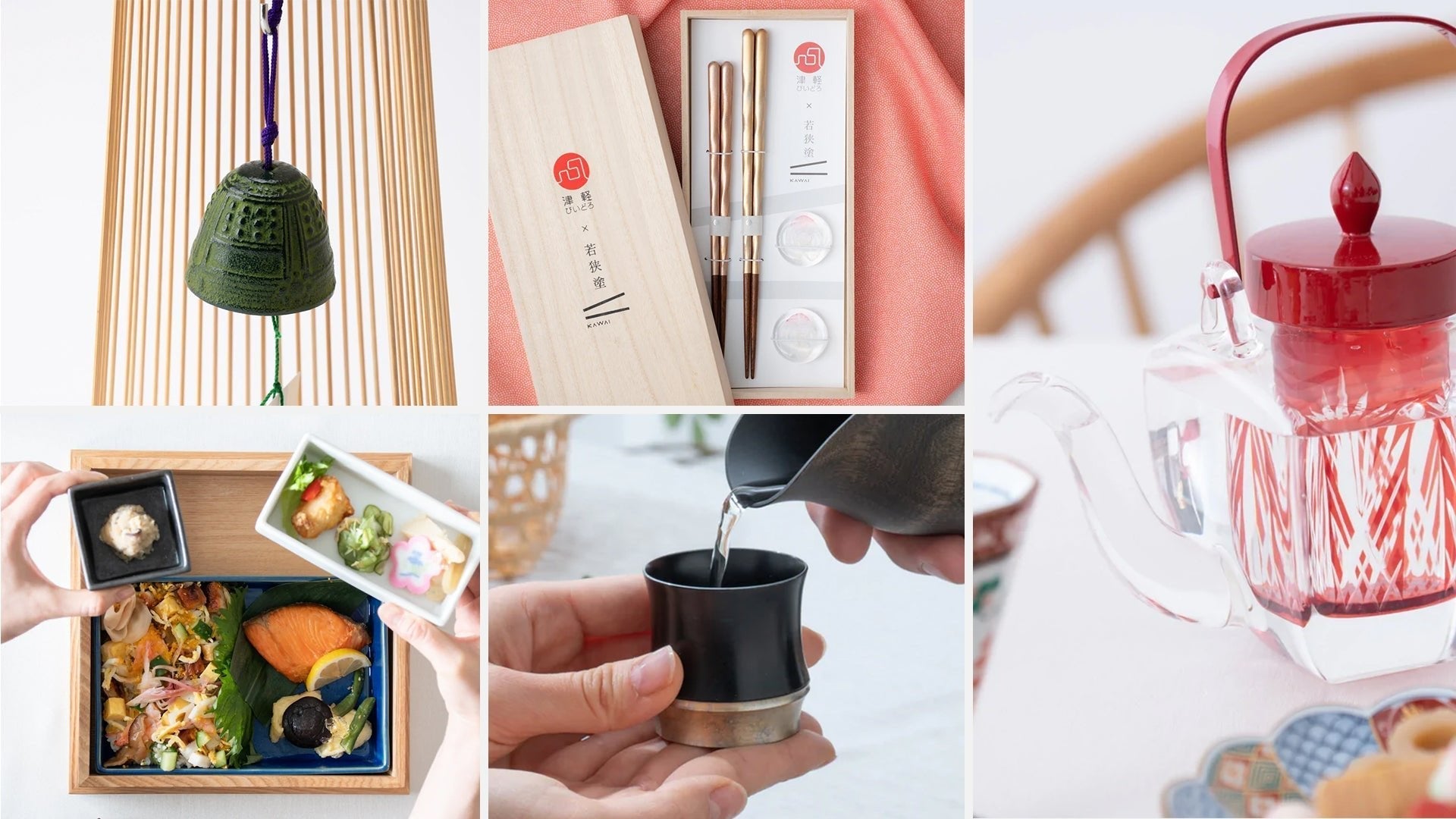
5 Items Created Through the Collaboration of Production Areas
Written by Team MUSUBI
There are many production centers in traditional crafts in japan. In recent years, some of them have begun to use new elements to make their products more attractive to a wider audience and improve the overall quality.
One of these attempts is to create new hit items through collaboration between production areas. By combining two different traditional techniques, these production areas are creating unique products that combine functionality and artistry. These products represent the best of both worlds – the traditional and the innovative – and are sure to be cherished by anyone who owns them.
tables of contents
Sake Cooler & Warmer Pot of Different Shine
Edo Kiriko × Yamanaka Lacquerware
Sparkling Edo Kiriko cut glass and lustrous lacquerware by Gato Mikio of Yamanaka Lacquerware create a relaxed atmosphere perfect for enjoying sake.
In summer, the Edo Kiriko cut glass container can be filled with ice for a refreshing beverage; in winter, warmed sake can be poured into Chirori, or Chirori itself can be heated in a pot of hot water to keep it warm. Either way, you can enjoy your drink at just the right temperature year-round.
With its beautiful design filled with Japanese aesthetics, this Hirota Chirori Edo Kiriko Glass Sake Cooler & Warmer Pot is sure to impress family and friends just by placing it on the table.
Edo Kiriko Edo Glass

Edo Glass and Edo Kiriko are traditional Japanese Glassware that have been handed down for about 200 years in Edo City, the old name for the central area of Tokyo.
Edo Kiriko means "cut glass made in Edo City" which is a traditional Japanese glassware with engravings on the surface of Edo Glass. About twenty traditional patterns of Edo faceting are characterized by the delicate faceting of traditional Japanese patterns that are also found on kimonos. The cutting, which sparkles with the reflection of light, is truly jewel-like in its beauty.
Yamanaka Lacquerware

Yamanaka Lacquerware is made in Ishikawa Prefecture, one of the leading production areas of Japanese Lacquerware.
This lacquerware is unique in that it blends the natural elegance of the wood grain with the elegant maki-e technique of sprinkling gold, silver, or other colored powder onto a lacquer painting. With its beautiful wood texture, delicate and robust Yamanaka Lacquerware is evolving day by day, incorporating a modern sense of design while inheriting a tradition that has lasted for 400 years.
Like a Neat Bamboo
Takaoka Copperware × Yamanaka Lacquerware
This series of Guinomi sake cups combine the metalworking techniques of Takaoka Copperware with the woodworking techniques of Yamanaka, Ishikawa Prefecture. This product represents KISEN, a brand of Takaoka Copperware with a history of over 400 years, one of Toyama's traditional crafts.
Kisen Bamboo Short Black Lacquer and Silver Takaoka Copperware Guinomi Sake Cup is designed with a motif of cut green bamboo. Bamboo, which grows straight to the sky, has long been considered a plant of good luck in Japan.
The form of the bamboo, which looks as if it has been cut straight out of a green bamboo, is attractive for its stability and dignified freshness. The gentle curve is calculated to be easy to hold. The cup part is lacquered with wiped lacquer, and the edges are painted with silver lacquer by a maki-e artist, giving it an elegant accent.
Wood, which symbolizes nature, and metal, which has the image of man-made objects. The successful collaboration of these opposites is the result of exceptional skill. Please take it in your hand and feel the beauty of the finish.
Takaoka Copperware

Takaoka copperware is the generic name for copperware produced in Takaoka City, Toyama Prefecture. All metalworking techniques, including molding, casting, finishing, coloring, and engraving, are concentrated in Takaoka City, and each process is characterized by the division of labor among skilled craftsmen. As Japan's only producer of bronze artifacts, Takaoka produces a wide range of large as well as delicate and detailed objects, including tea ceremony utensils, flower vases, incense burners, Buddhist altars, Buddhist bells, and large outdoor bronze statues.
In addition, copperware is said to be a "craft that appreciates rust," and coloring and determining its expression is said to be the final process. Craftsmen use a variety of techniques to corrode the metal and bring out its vivid colors.
Chopstick and Chopstick Rest Set to Herald Spring
Wakasa Lacquerware × Tsugaru Vidro Glass
Experts in two different materials, glass and wood, each bringing their own specialties, have come together to create a single set of chopsticks.
The spring-like atmosphere is filled with Tsugaru Vidro glass chopstick rests designed to look like cherry petals trapped in ice, and Wakasa Lacquer chopsticks in champagne gold and pink with fine lamé.
Hosho Wakasa Lacquerware Chopsticks 23cm(9in)/21cm(8.3in) and Cherry Blossoms Petal Chopstick Rests (Set of Two) is a beautiful and tasteful way to enjoy your meals. Made of wood with a gentle wave design, they're easy to hold and look absolutely stunning. Paired with chopstick rests that feature cherry blossom petals, this set is guaranteed to add a touch of elegance to any meal. Plus, it comes packaged in a beautiful wooden box - perfect for giving as a gift.
Wakasa Lacquerware

Wakasa Lacquerware is a type of lacquerware made in and around Obama City, Fukui Prefecture, with a history of about 400 years. It currently accounts for more than 80% of the national share of domestically produced lacquered chopsticks.
They are characterized by their unique three-dimensional patterns created by applying layers of colored lacquer made from seashells and eggshells. It is sometimes called "jewel lacquering" because the pattern, which represents the ocean floor, has a noble glow.
Tsugaru Vidro Glass

Picture Frames to Enhance Food
Mino Ware × Echizen lacquerware
They say a plate is a canvas, and this one is just as artistic as Mondrian.
Hibino Modern Shokado Bento Box Set has been used in hotels and restaurants in Japan since its debut. Plates/bowls made of Mino Ware from Gifu Prefecture, which boasts the largest domestic production of ceramics in Japan, are combined with wooden bento boxes made in Sabae, Fukui Prefecture, Japan.
Sabae City has had a tradition of woodworking for generations, and is now famous throughout Japan for its exquisite Echizen lacquerware. It is made of high-quality solid ash wood.
With its beautiful design, any food can look gorgeous and delicious. Why not surprise your guests by opening up this luxurious bento box in front of them? It is sure to make any meal an elegant affair.
Mino Ware

Mino ware is a traditional pottery produced in Gifu Prefecture that located in the center of Japan’s main island of Honshu. There are many Mino Ware kilns in the regions of Tajimi, Toki, Mizunami, and Kawagoe in the east of Gifu prefecture.
Called "featureless," the pottery produces a wide variety of techniques and glazes in accordance with the changing times, resulting in vessels of many different designs. There are 15 different styles designated as traditional crafts, which have developed over time to the present day. Mino ware is so deeply rooted in daily life that it is the most popular type of pottery in Japan, boasting a share of more than 50% of all pottery used in the country.
Echizen lacquerware

Echizen lacquerware is produced in the Sabae City area of Fukui Prefecture. In the Echizen region, where Sabae City is located, known as the "city of craftsmanship," lacquer has been an integral part of daily life. Today, the region produces more than 80% of all lacquerware for the food service industry and commercial use in Japan, and is a leading producer of advanced lacquerware styles.
Echizen lacquerware is characterized by the subdued luster and elegant opulence of lacquer. The beautiful and deep colors of lacquerware soothe the hearts of the Japanese people, and it is popular as lacquerware for use at weddings and celebratory occasions. In most lacquer production areas, lacquer is applied to "Marumono (round objects)" such as bowls and plates, but Echizen is also good at applying lacquer to box-shaped objects such as jubako bento boxes and trays, which are called "Kakumono (square objects)."
Reminiscence of a Cool Bamboo Grove
Suruga Bamboo Basketry × Nambu ironware
The combination of the cool sound of the bell-shaped ironware and the cool-looking bamboo work is a beautiful way to spend the hot and humid summer.
Hatsukaze Suruga Bamboo Basketry Wind Bell is a collaboration of Suruga Bamboo Basketry from Shizuoka Prefecture and Nambu Ironware, a traditional craft of Iwate Prefecture in the Tohoku region.
Nambu ironware wind chimes are known for their distinctly clear and pleasant sound that lingers for a significant amount of time. The bamboo strips on the stand are straight, giving the overall appearance of freshness and dignity - as though you are in a cool bamboo grove.
By simply placing it in a room, you will be able to enjoy a moment of elegance and peace of mind.
Suruga Bamboo Basketry

Suruga bamboo basketry is a traditional bamboo craft with a history of over 400 years, made in the area around Shizuoka City, Shizuoka Prefecture. It was designated a national traditional craft in 1976.
A single craftsman uses their skills to assemble the bamboo strips one by one. The moist, smooth, and delicate curves create a calm and soft moment as a favorite daily tool and an interior decoration.
Nambu Ironware

Nambu ironware, a representative of Japanese ironware, is a collective term for the pure iron casting crafts of the Mizusawa region and Morioka City area of Iwate Prefecture. The name comes from the fact that it was made in the area known as the Nanbu domain in the past.
The appeal of Nambu ironware, which has been loved throughout the generations, is not only its simplistic beauty, but also its many functional merits of being durable and easy to use in daily life.


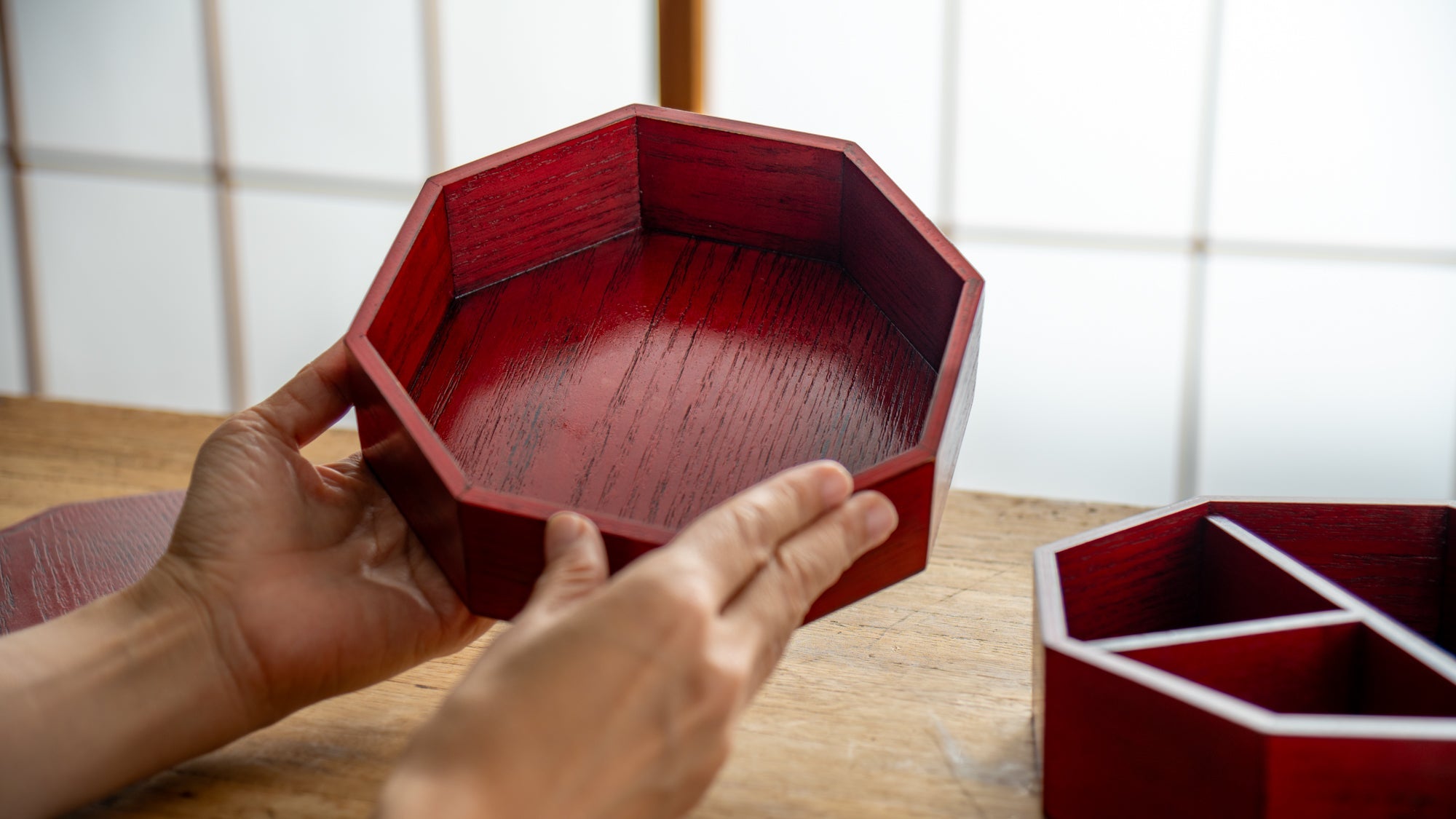

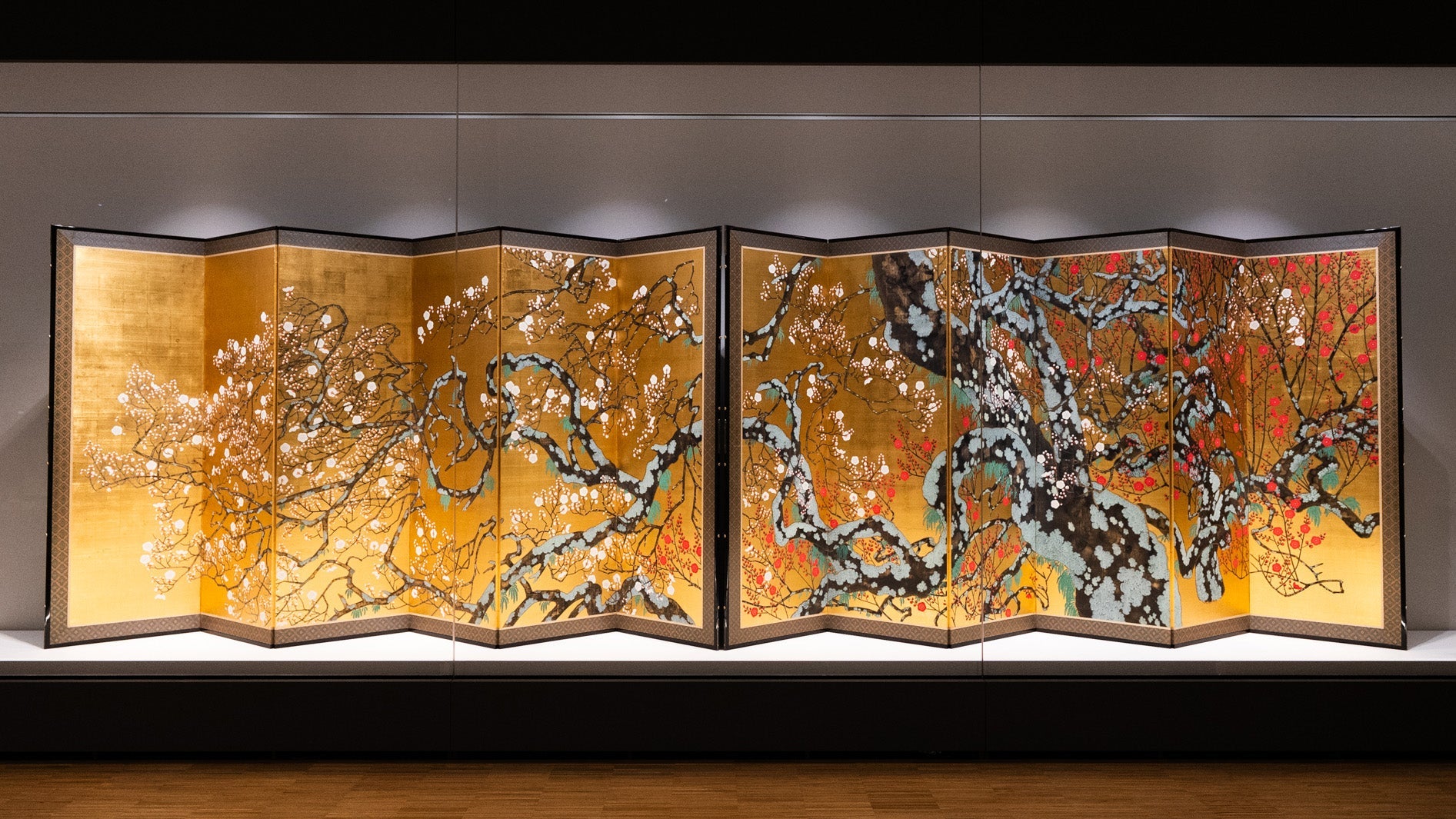
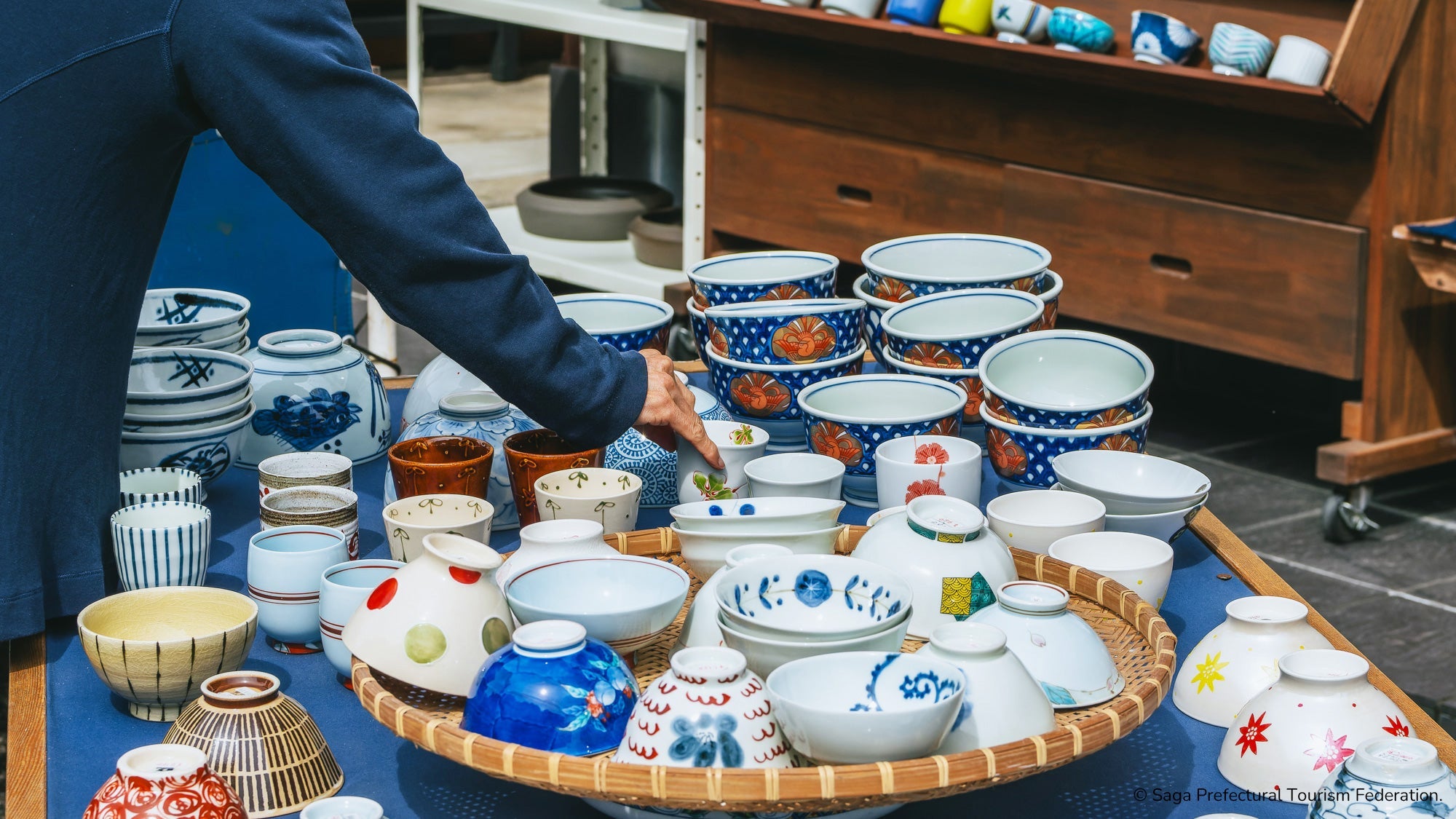
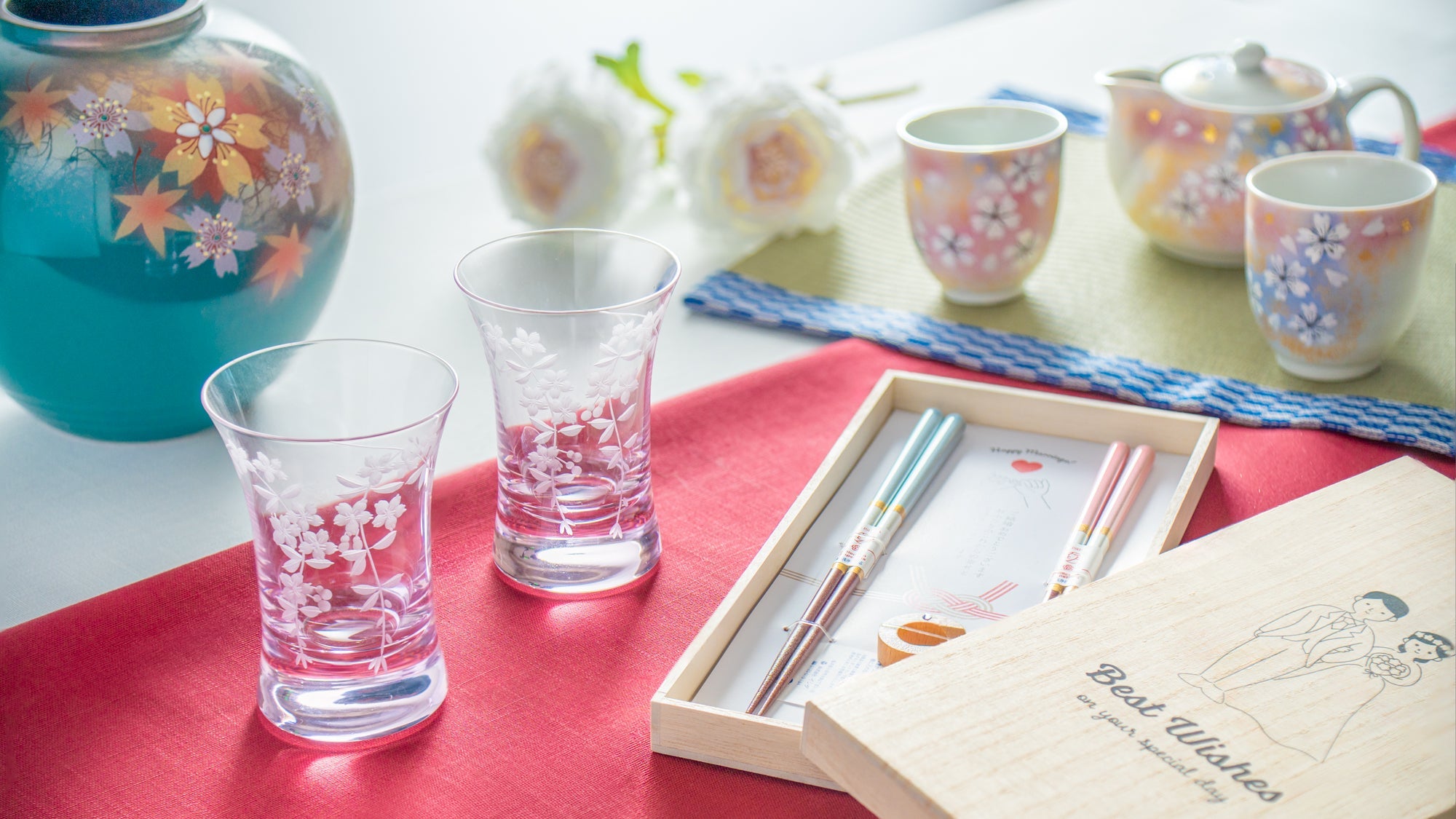
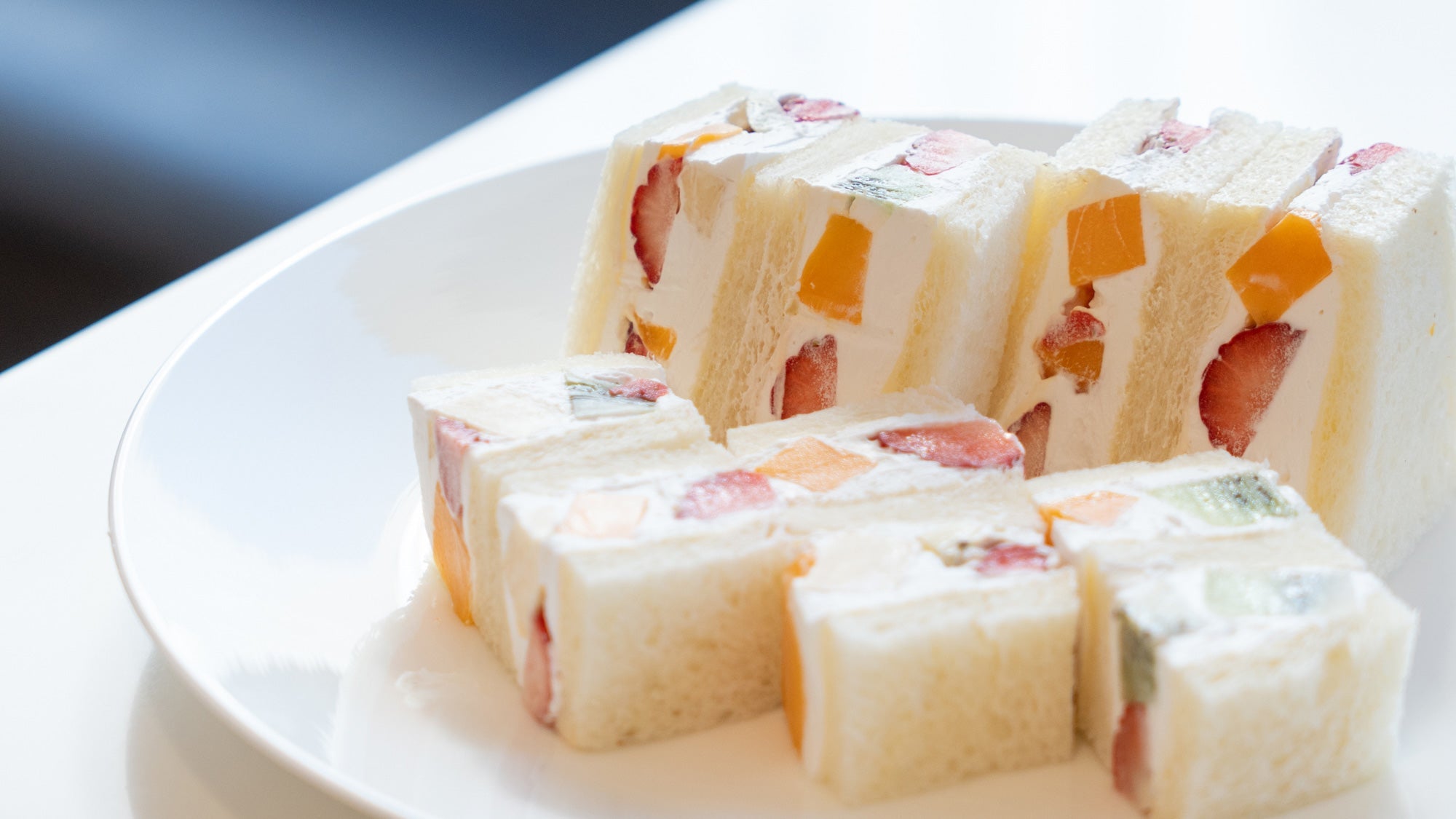

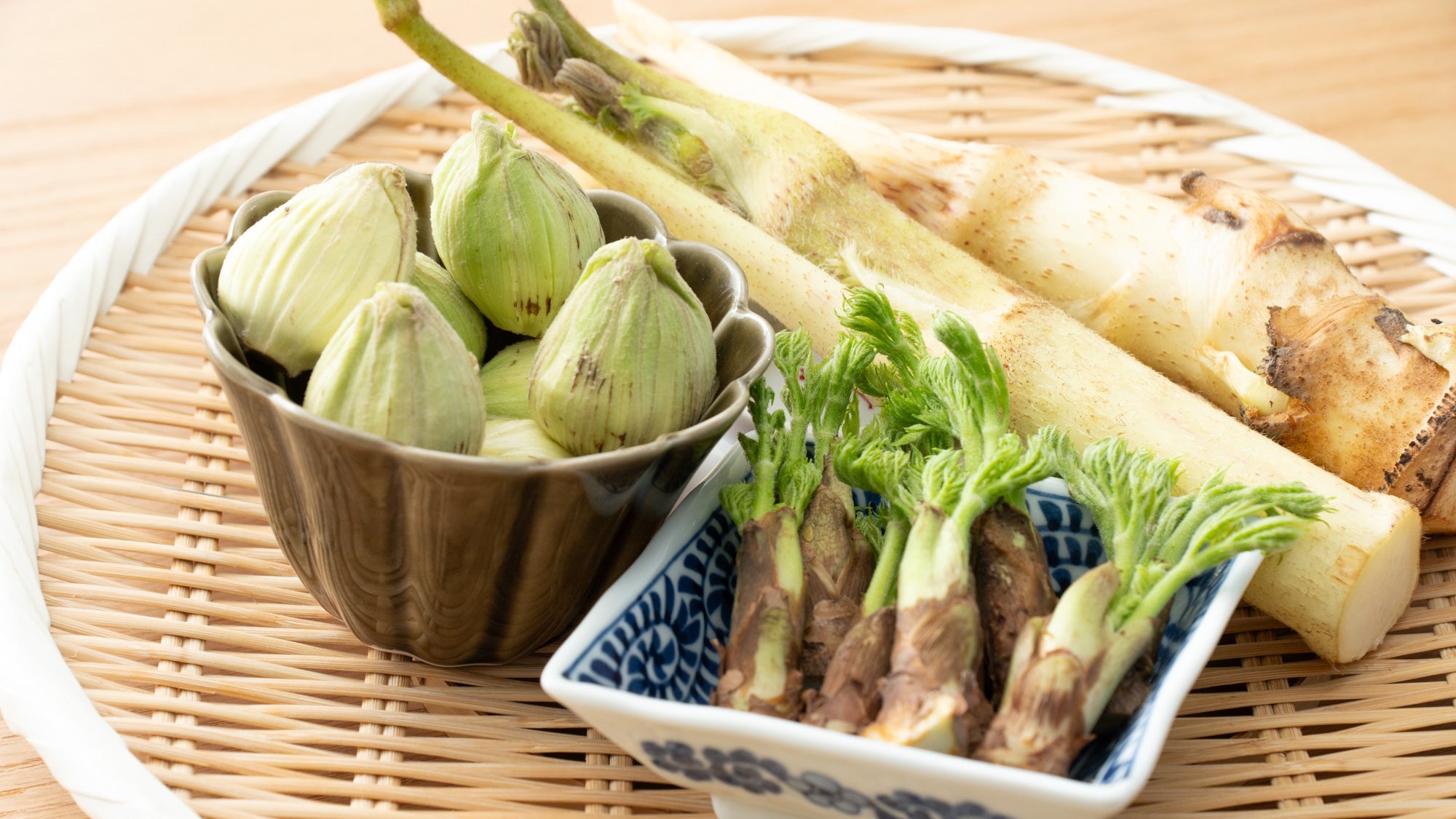

Leave a comment
This site is protected by hCaptcha and the hCaptcha Privacy Policy and Terms of Service apply.